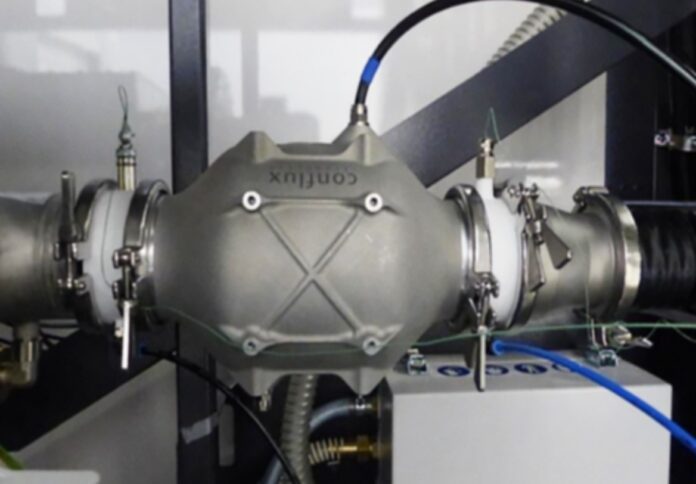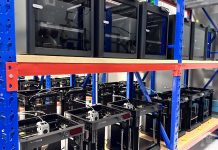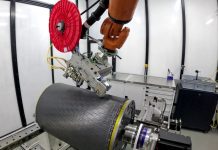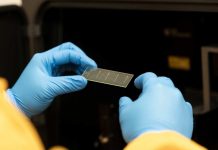
AMCM, a provider of customised metal 3D printing machines, has embarked on a journey to advance additive manufacturing by enhancing the thermal management and performance of its flagship M 4K printer, according to a case study published on Conflux Technology’s website.
To meet the challenging demands of prolonged build times and the high-speed processing of materials like copper, AMCM turned to Conflux Technology for an improved heat exchanger.
AMCM set two primary objectives for this initiative: lower the argon gas temperature to below 25°C with minimal pressure drop and create a streamlined monolithic design that included supporting ducts, while remaining no larger than the incumbent heat exchanger.
With the flexibility to design the exchanger’s shape and size, Conflux said it achieved a heat exchanger that surpassed the targets. This heat transfer solution exhibited superior heat transfer performance, all within a package size that was just seven per cent of the original, and remained cost-competitive, assuring AMCM of both efficiency and affordability.
Daniel Woodford, chief commercial officer for Conflux Technology, emphasised, “Achieving ultra-high performance is one part of the challenge – Conflux designs its parts and processes for serial Additive Manufacturing, ensuring we deliver a technically reliable and commercially viable product,”
Efficient prototyping with Conflux’s innovative configuration
Conflux’s configuration and prototyping process has significantly expedited the ability for customers to acquire estimated performance ranges and customised proof of concept builds. A process that would traditionally span up to six months with conventional manufacturing firms is streamlined to just three months, thanks to Conflux’s proprietary approach.
Discovery, feasibility, and proof of concept
Every Conflux project embarks with an initial meeting dedicated to understanding the customer’s heat transfer challenges and objectives. Detailed discussions with AMCM covered boundary conditions, priorities, constraints, and design assumptions.
Upon receiving requirements from AMCM’s innovation and engineering team, with a focus on key priorities like pressure drop and outlet gas temperature, the Conflux team presented preliminary CFD simulations, inclusive of estimated performance ranges.
This phase culminated in the production of a comprehensive report that outlined the optimal configuration for achieving target performance. The report also covered package sizing, build estimation, and an evaluation of the technical and commercial feasibility for serial production.
During the proof of concept build phase, design engineers leveraged Conflux’s library of additive manufacturing optimized designs. They selected a core base model proven successful in other applications and adapted it to fit within the incumbent heat exchanger’s existing space. Elements such as form factor, ducts, vanes, and outlets were configured and refined to ensure performance enhancement, practical requirements, and a precise fit for the final application.
Conflux’s local manufacturing facility, equipped with several 3D printing machines including the EOS M300, enables rapid design, manufacturing, and delivery of proof-of-concept prototypes.
Rigorous testing and certification
The requirements of the inert gas in this heat exchanger mandated the strictest levels of cleanliness throughout the build and post-processing. Conflux said that its proprietary post-processing techniques, coupled with AS9100D certification, guarantee customers the reliability of its heat exchangers.
After the prototype build successfully passed Conflux’s rigorous internal checks, AMCM conducted their own in-house testing on a production M 4K machine. Following successful performance and cleanliness tests, AMCM confirmed a serial production order, marking a significant milestone in the quest for enhanced thermal management and 3D printing performance.
“We at AMCM are impressed with the performance of the heat exchanger. It keeps the temperature of the argon gas at a very constant level, which not only increases the quality of the components, but also benefits the overall thermal management and performance of the M4K. The pressure drop was even lower than we expected, which is impressive considering the compact design,” noted Ulrich Schmid, system developer at AMCM.


















